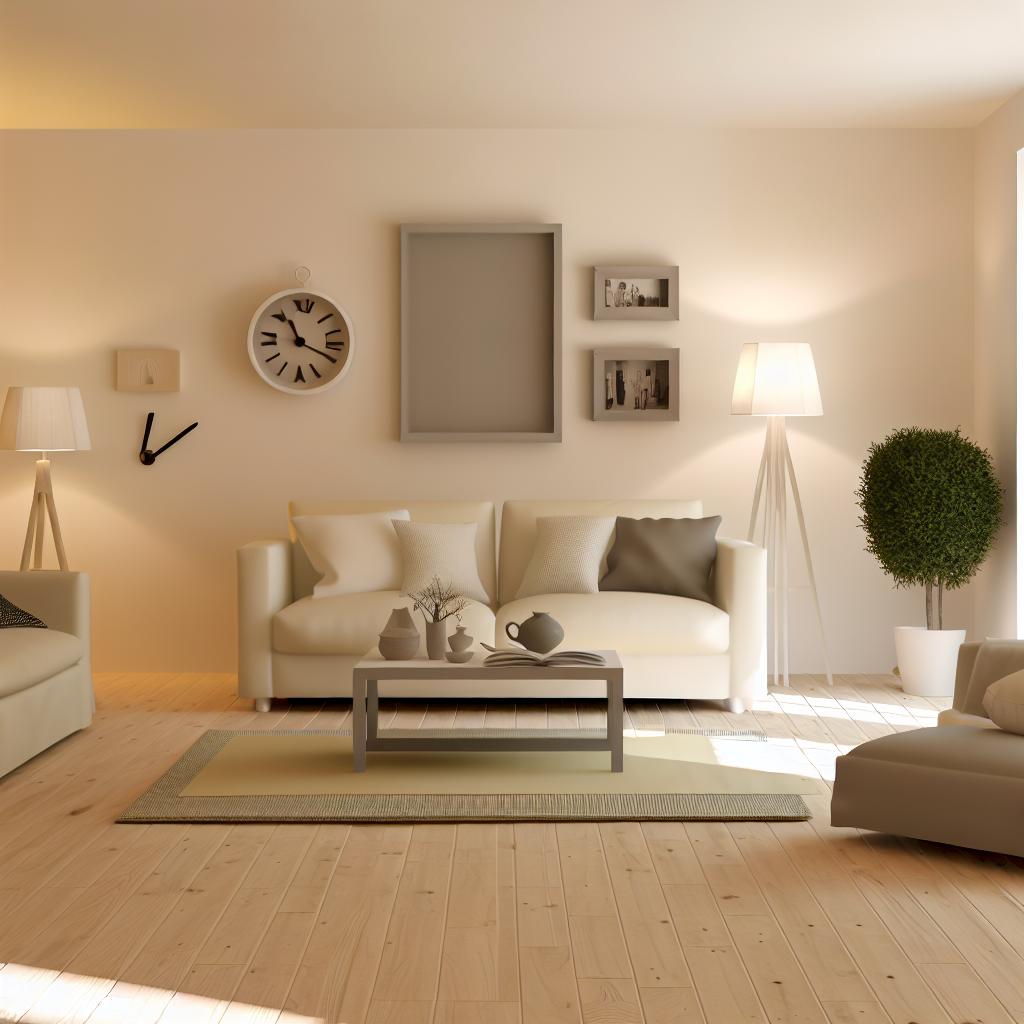
Embrace the art of living with less and discover the freedom that comes with a minimalist lifestyle.
Defining Minimalism and Its Core Principles
Minimalism is more than just a design concept; it's a way of life centered around the idea of simplifying your environment to focus on what's truly important. At its heart, minimalism is about intentionality and seeking contentment with less. Core principles include reducing excess, valuing experiences over possessions, and finding clarity in simplicity. By prioritizing these values, individuals can create more space for personal growth, creativity, and meaningful connections.
The minimalist lifestyle encourages one to question the necessity and purpose of their possessions, thereby making room for more mindful decisions. It's a gradual process that doesn't happen overnight but evolves as one continually aligns their environment with their core values and goals.
Decluttering Your Space: A Step-by-Step Approach
Decluttering is the first actionable step towards embracing minimalism. Begin by identifying areas that feel the most cluttered and set achievable goals for each space. Start small, perhaps with a single drawer or shelf, and work your way up to larger areas. The key is to sort items into categories: keep, discard, donate, or sell. Ask yourself if each item brings value to your life or if it's simply taking up space.
Once you've categorized your belongings, take immediate action to remove the items you've decided to part with. This process not only clears your physical space but also helps to declutter your mind, making it easier to maintain a minimalist space moving forward.
Adopting a Minimalist Mindset in Daily Life
A minimalist mindset is not solely about your possessions, but also about how you approach life. It involves prioritizing your time and energy on activities that align with your values. This means saying no to unnecessary commitments and distractions, opting for quality over quantity in your relationships, and engaging in self-care. By being selective about what you allow into your life, you create more room for peace and fulfillment.
Furthermore, adopting a minimalist mindset can translate into mindful consumption, where one carefully considers the impact of their purchases, not just on their own life, but also on the environment and society. This conscious approach to living can lead to a more sustainable and ethical lifestyle.
Simplifying Your Wardrobe: Tips and Tricks
A minimalist wardrobe consists of versatile, high-quality items that you love to wear. Start by clearing out clothes that no longer fit, are out of style, or haven't been worn in over a year. Invest in timeless pieces that can be mixed and matched to create multiple outfits. Embrace neutral colors and classic styles for greater versatility.
When shopping for new clothing, adopt the 'one in, one out' rule to avoid accumulating excess. Purchase consciously, considering the longevity and manufacturing ethics of the garments. A simplified wardrobe not only saves you time and stress when getting dressed but also aligns with the minimalist principle of less is more.
Embracing Minimalist Financial Habits
Minimalist financial habits focus on spending money on experiences and items that bring lasting satisfaction, rather than on fleeting pleasures. Create a budget that reflects your minimalist values by cutting out unnecessary expenses and prioritizing savings and debt repayment. This approach promotes financial freedom and reduces the stress associated with overspending and financial insecurity.
Consider implementing the 30-day rule for non-essential purchases: wait for 30 days before buying to determine if it's truly a need or a want. This waiting period can drastically reduce impulse buys and help you invest in things that contribute to a fulfilling minimalist lifestyle.

